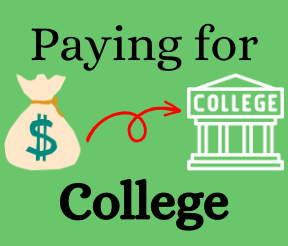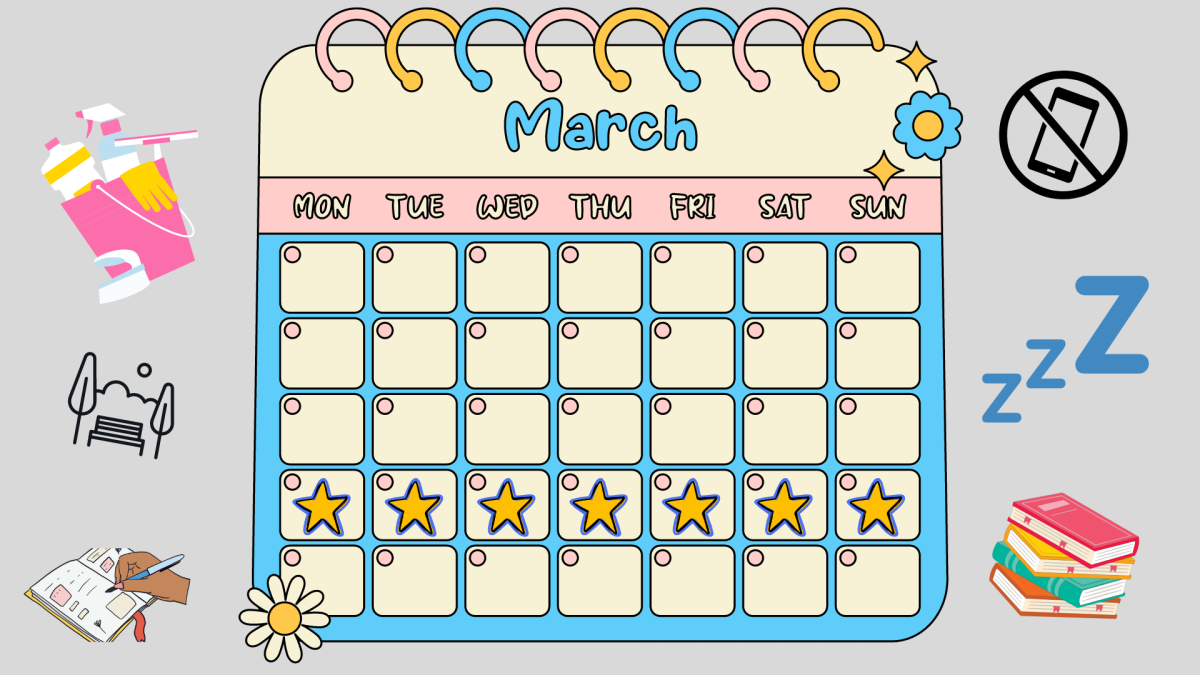Paying for college is one of the most important financial decisions that teenagers will have to make. So, how do people pay for college?
529: A 529 College Savings Plan is a tax advantaged way to pay for college. Generally a 529 is created by a student’s parents when they are young, and contributed to throughout the child’s adolescence. In Illinois, 529 contributions are tax deductible up to $10,000 for single individuals, or $20,000 for married couples filing jointly. When an investment gets sold in a 529 to contribute to qualifying college expenses like tuition, room and board, fees, and other specified college expenses.
Federal Work-Study Program: While filling out their FAFSA, a student can apply to the Federal Work-Study Program, which is need based and has limited funds. If a student is accepted, they will be able to get a job through their college or university and be paid up to a specified amount. This money goes directly to the student, and can be used for anything, but is highly recommended to be used towards college expenses. The jobs have flexible hours designed to accommodate a student’s need to get their education. Generally, jobs are available that relate to a student’s major, so a student that is studying one of the science related disciplines could be a lab technician.
GI Bill: If a person has served as an active duty soldier for greater than 90 days, they would qualify for the Post-9/11 GI Bill, which pays for college tuition depending on service. At 36 months active duty service, a student would have access to full tuition for public universities, or $25,000 per year for private universities. These are in addition to money for housing and books.
Scholarships: Scholarships are money given out to students through a variety of different sources, based on merit. Some scholarships come from state governments, charitable foundations, or the college itself. Some scholarships are based on academic performance, while athletic scholarships are given to students who will be on a sports team in college and have shown excellence in high school. Some scholarships have requirements to keep them, such as maintaining a minimum GPA in college, or a minimum amount of credit hours per semester. Joining the Reserve Officers’ Training Corps (ROTC) is another way to get scholarships.
Grants: Grants are similar to scholarships, but are most often based on financial need instead of merit. Pell Grants are a prime example, with the federal government giving money to students who fall below a certain expected family contribution level. 30% of undergraduate students in the 2020 to 2021 school year received a Pell grant, Grant, according to the College Board.
Federal subsidized loans: Federal subsidized loans are need based, and do not accrue interest while a student is in school, or for 6 months after graduation. Since it is a loan, it will need to be paid back over time, with interest.
Federal unsubsidized loans: Federal unsubsidized loans are determined by how much the college thinks a student will need, unrelated to financial need. Interest will accrue during education, so these loans tend to be more expensive in the long run when compared with subsidized loans.
Private student loans: Private student loans are loans given to students by banks or financial institutions. Interest rates on private student loans tend to be higher than federal student loans. According to NerdWallet, as of 2023, the low end of fixed interest private student loans is about 5.99%, while interest rates on federal student loans are 5.50%. Private student loan interest rates are highly dependent on credit score, so that is something that should be considered.
So, students have access to many different ways to pay for college. There are many different scholarships that students can apply to in order to help decrease the amount they have to pay out of pocket or with loans. Out of the various loan options, federal subsidized loans are best, followed by federal unsubsidized loans, and finally private student loans. Each student is in a different financial situation, and will use a different mix of methods to be able to pay for college.
















Cynthia Fey • Oct 10, 2023 at 9:11 am
Thank you for this useful info!
Courtney Hanson • Oct 6, 2023 at 12:01 pm
JackJam,
This article is very helpful to me since I have a senior who will be leaving for college next August.
Thank you.